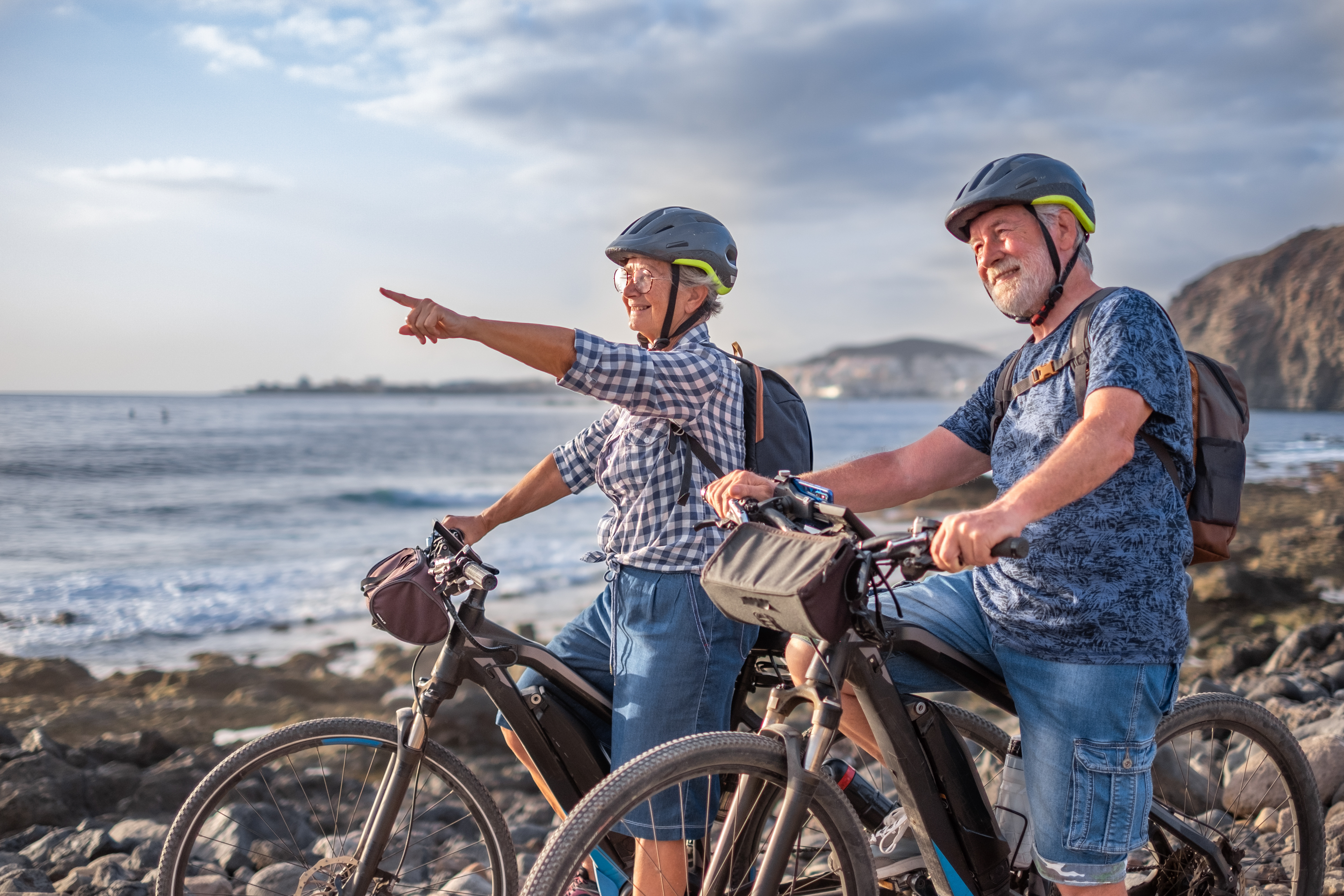
Cycling is a wonderful way to stay active, enjoy the outdoors, and connect with nature. Whether you're exploring local trails or heading out on a longer ride, there's something incredibly rewarding about being on two wheels. But as we age, it becomes even more important to prioritize safety—especially when it comes to protecting yourself on the road. With a few simple strategies, you can ride with confidence and peace of mind.
With the rise in popularity of e-bikes that can reach speeds up to 30-40 km/h, the need for caution has never been greater. Older cyclists may also face challenges like slower reaction times or reduced flexibility, making it even more crucial to take extra steps to stay safe. The good news is that by following some basic safety tips, you can significantly reduce the risk of accidents and enjoy cycling more fully.
Here are our top 10 safety tips to help you ride with confidence, especially as you grow older.
1. Helmets: Protect Your Most Valuable Asset
A helmet is your first line of defense when cycling. It’s not just a fashion accessory—it’s a life-saving tool. Make sure to choose a high-quality helmet that fits snugly and meets current safety standards. Don’t forget to replace it if it’s been involved in an impact or has reached the end of its recommended lifespan. A properly worn helmet can make all the difference between a minor accident and a serious injury.
Shop Helmets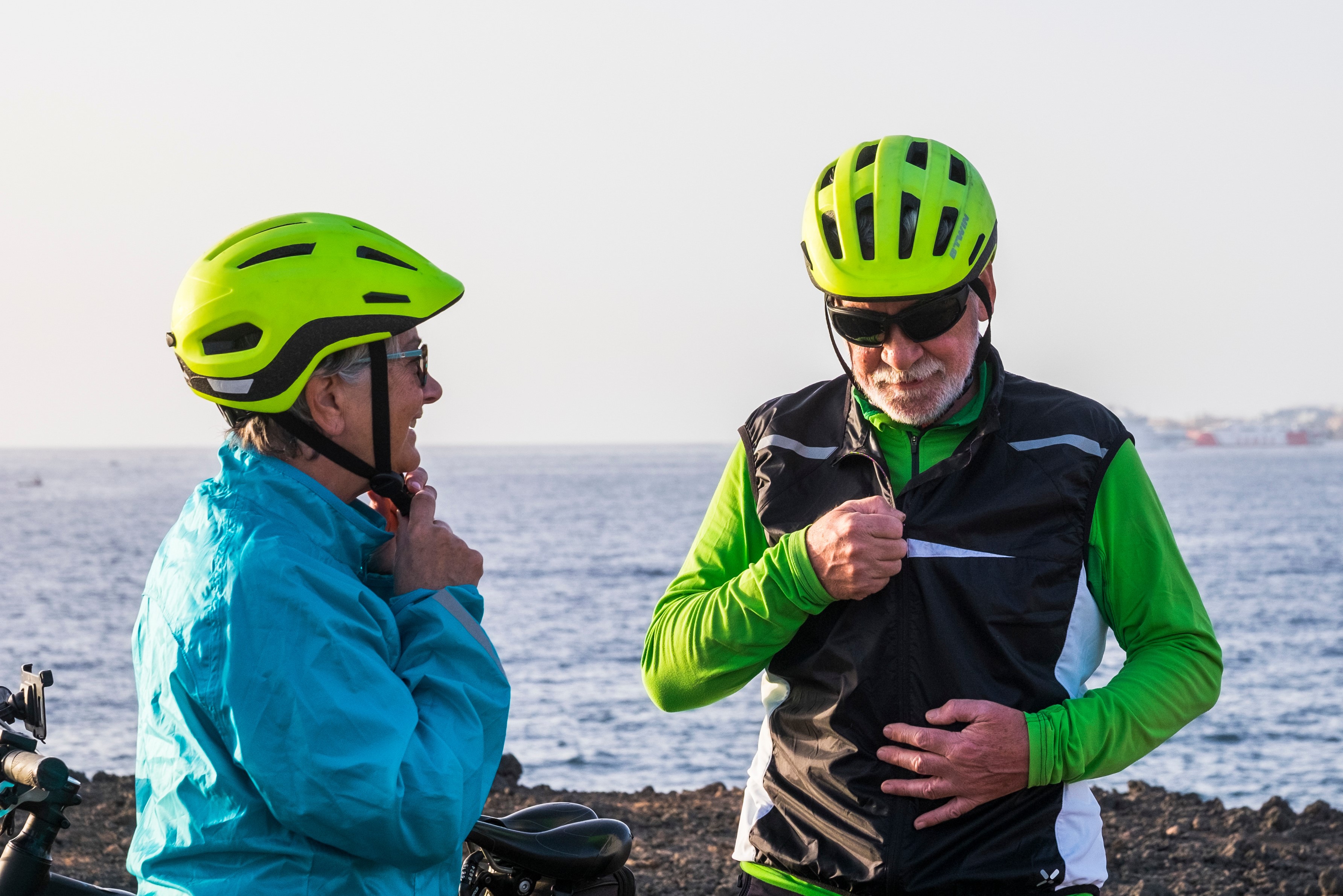
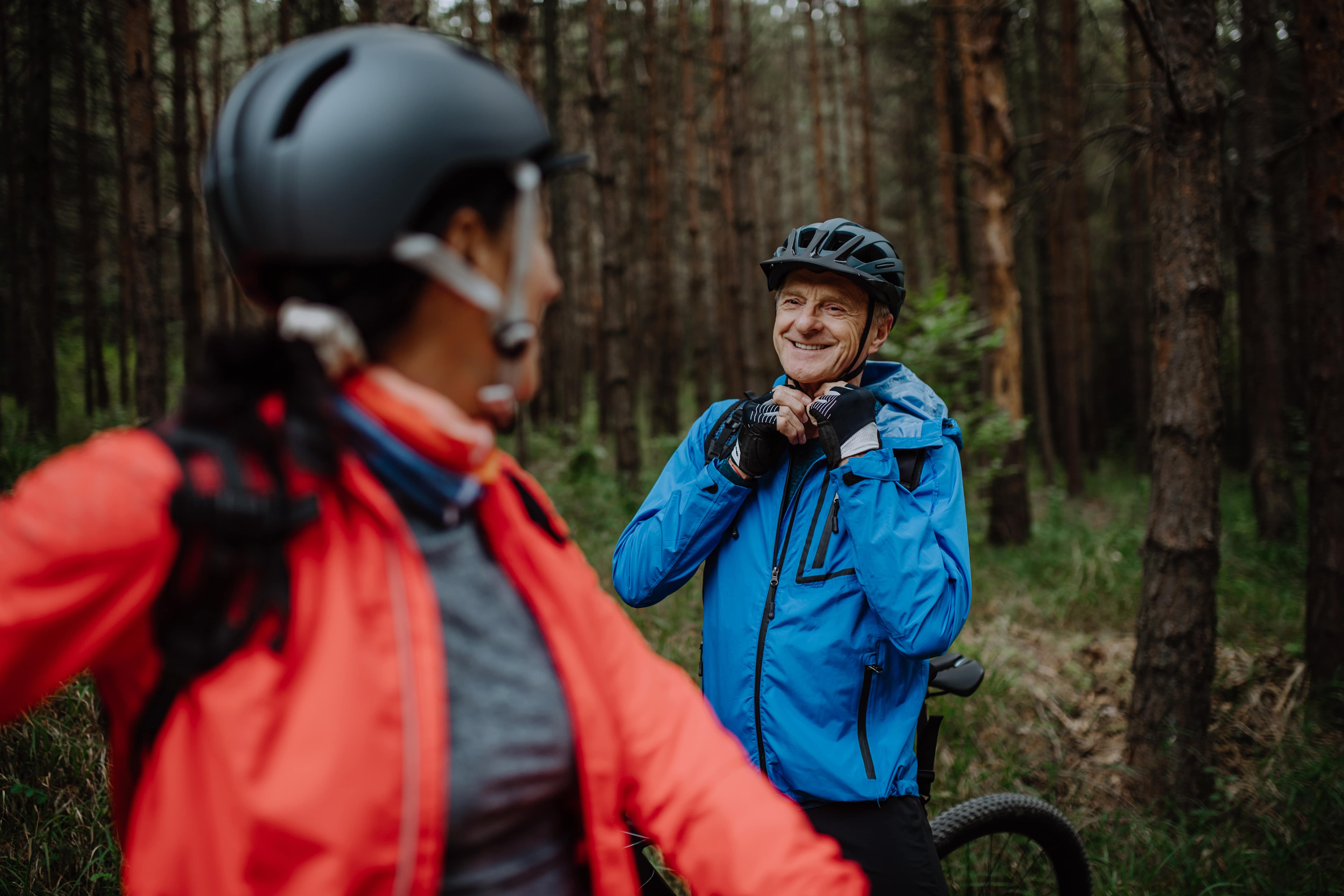
2. High Visibility Clothing: Be Seen, Be Safe
When you’re out on the road, visibility is key. Wearing bright colors or reflective gear can make a huge difference in how easily you’re seen by drivers, especially during low-light conditions like dawn or dusk. Consider adding a reflective vest or using LED lights on your bike to increase your presence on the road. Remember, the more visible you are, the safer you’ll be.
Shop High Visibility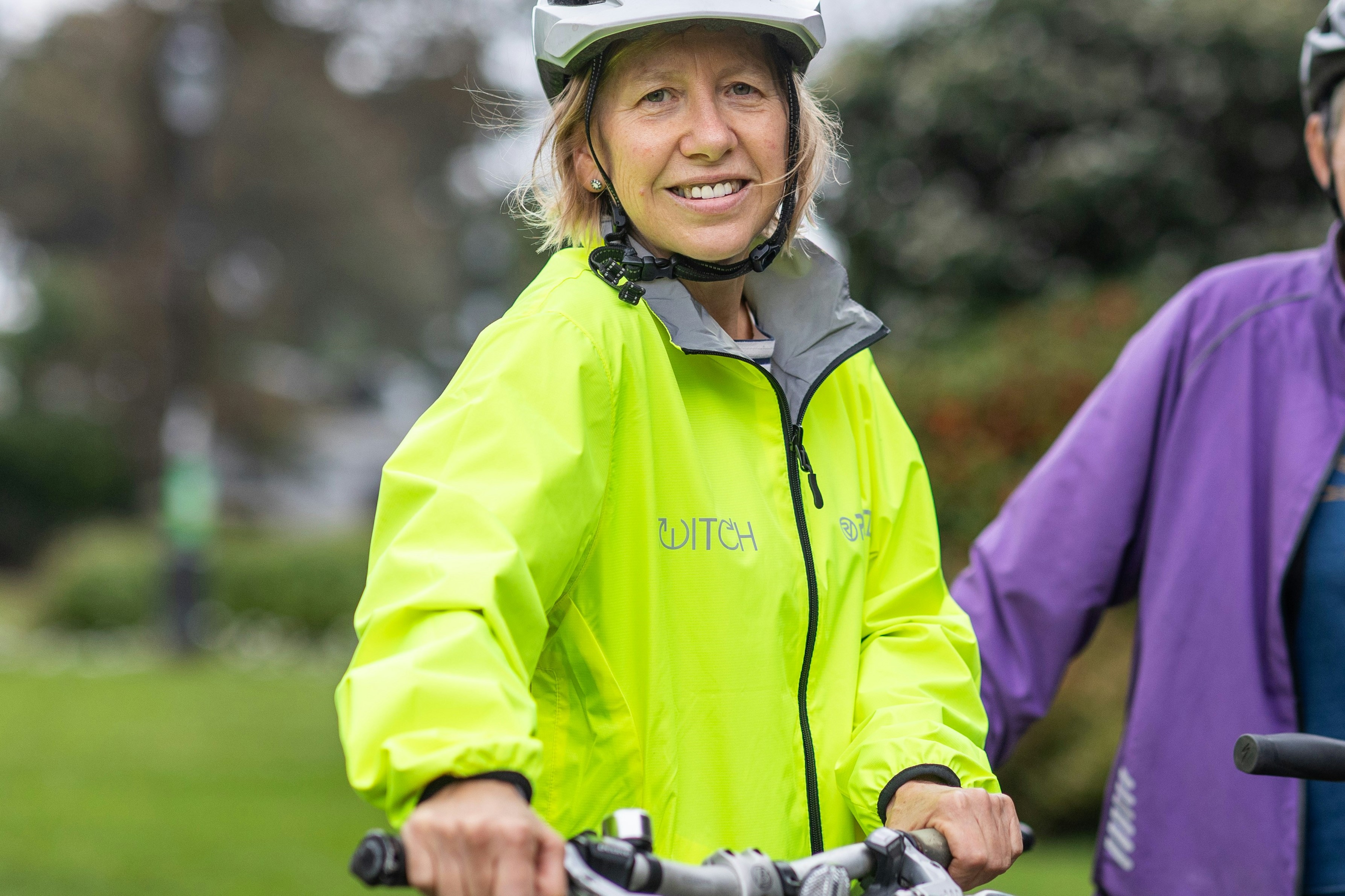
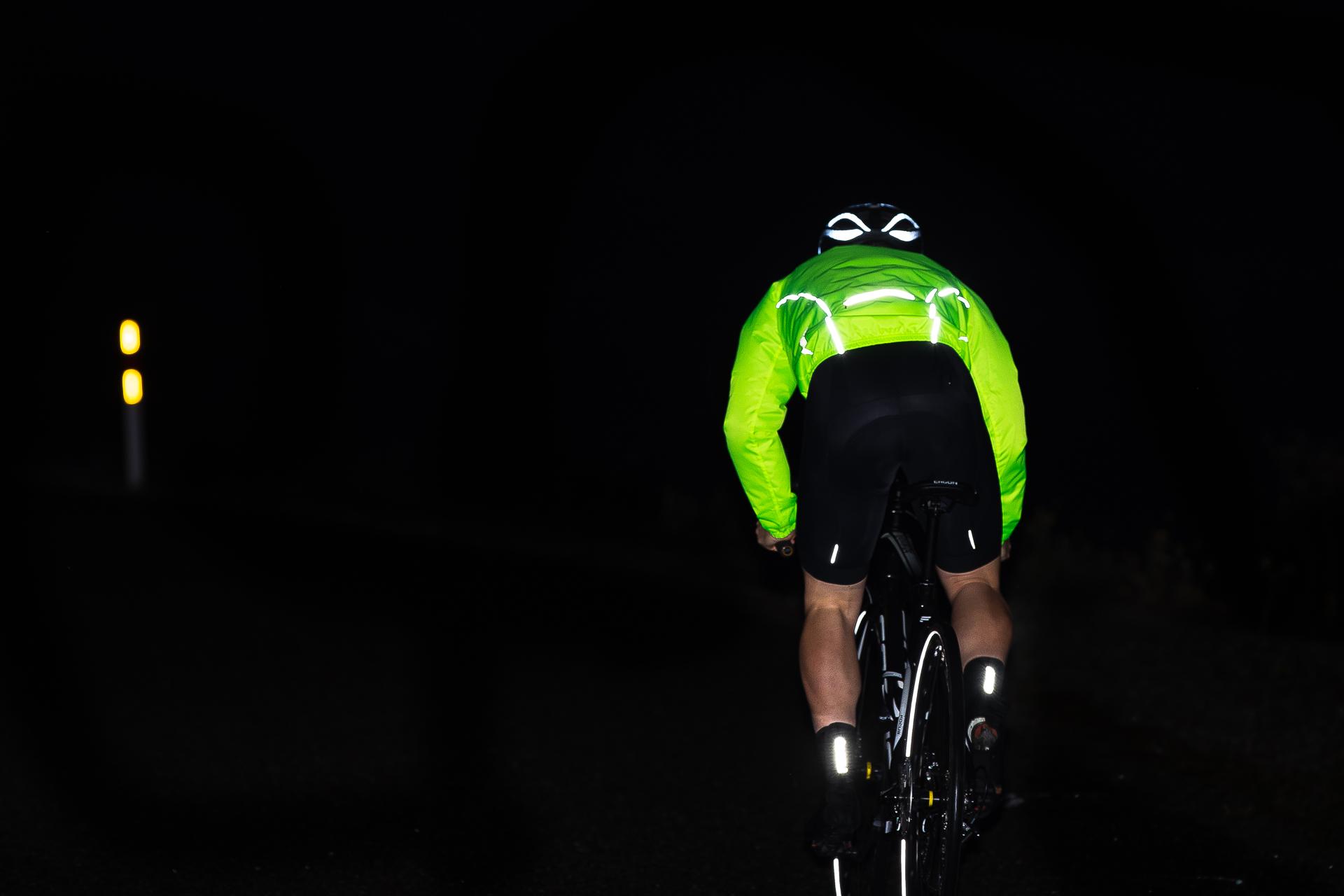
3. Mirrors: Expand Your Field of Vision
Cycling without mirrors can leave you blind to what's happening behind you. Installing a mirror on your handlebars allows you to check your surroundings without turning your head, which is especially helpful for older riders who may have limited neck mobility. Mirrors help you spot vehicles, pedestrians, and other cyclists, allowing you to make safer decisions while riding.
Shop Mirrors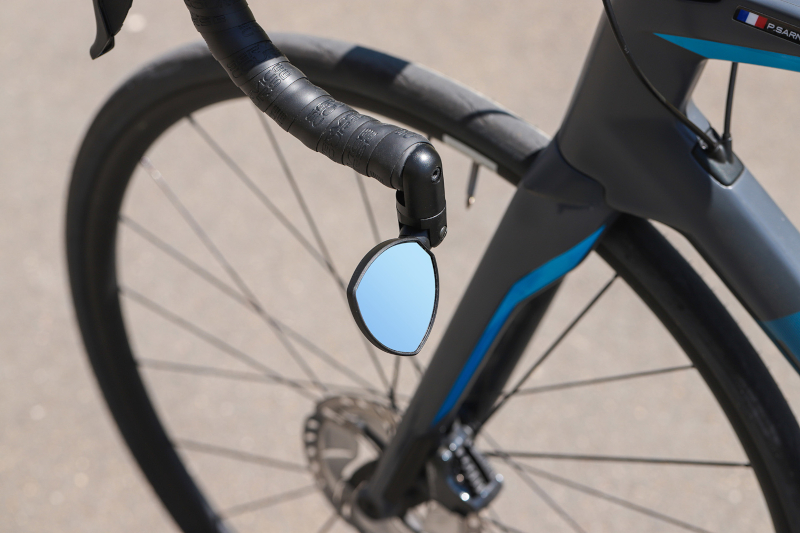
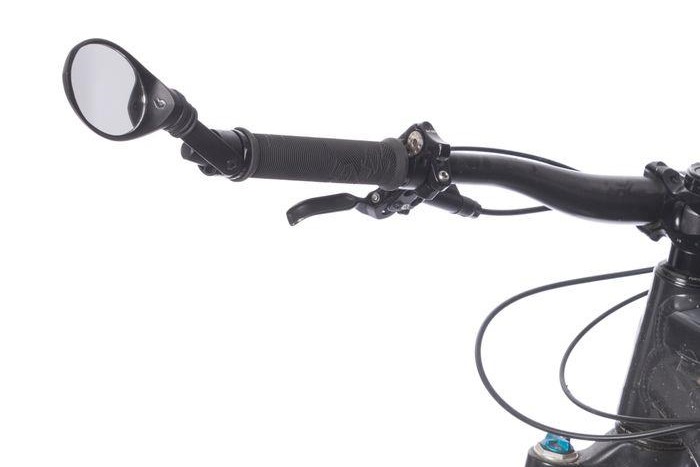
4. Bells: Alert Others of Your Presence
A bell is a simple but effective tool for communicating with others on the road. Use it to let pedestrians, cyclists, and drivers know you're passing, especially on shared paths. This helps prevent unexpected encounters that could lead to collisions. Always use your bell politely and avoid startling people.
Shop Bike Bells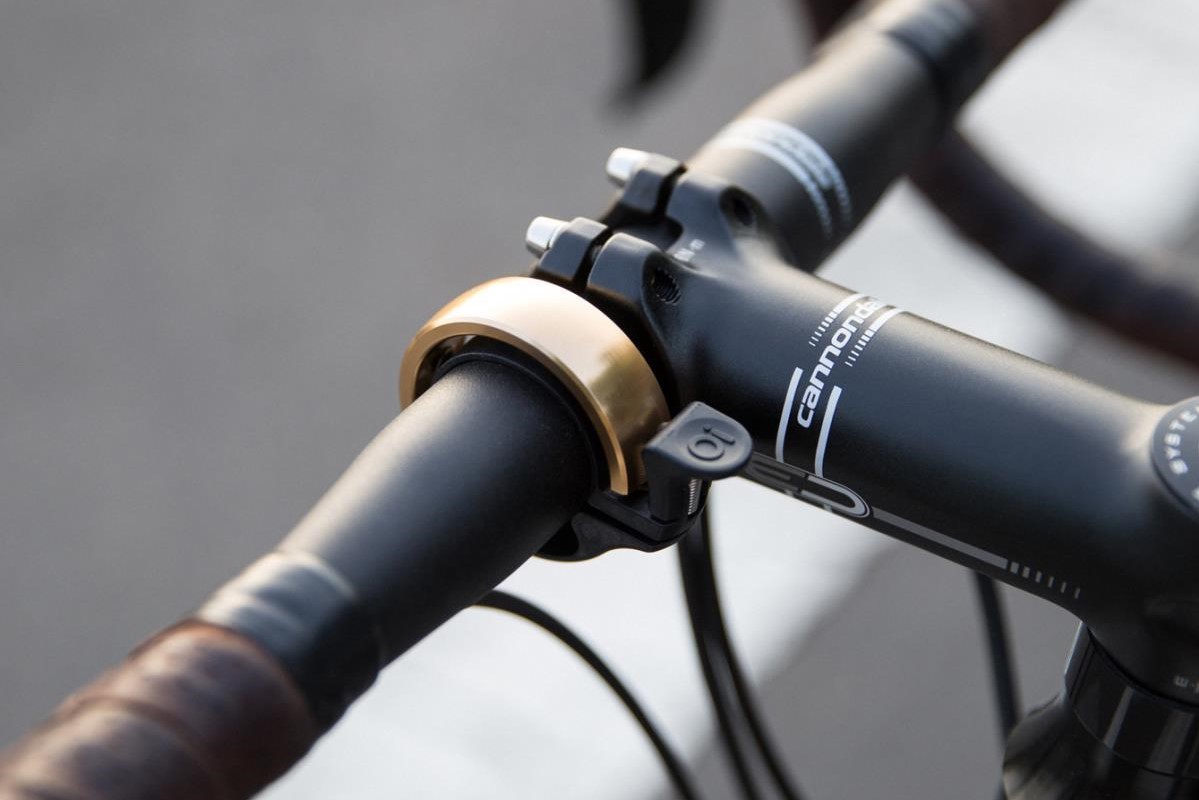
5. Daytime Running Lights: Be Seen.
Even in daylight, having lights on your bike can make you much more visible to drivers. Studies show that cyclists with lights are more likely to be noticed, reducing the chance of an accident. Consider using front and rear lights, even during the day, especially when riding near traffic or in busy areas.
Shop Lights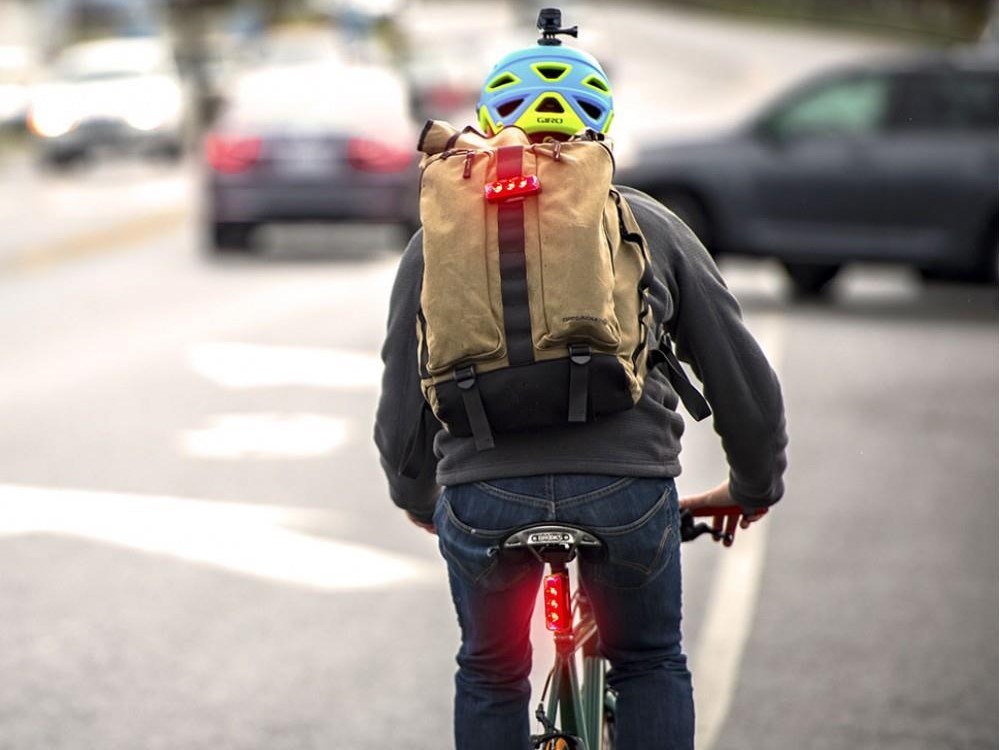
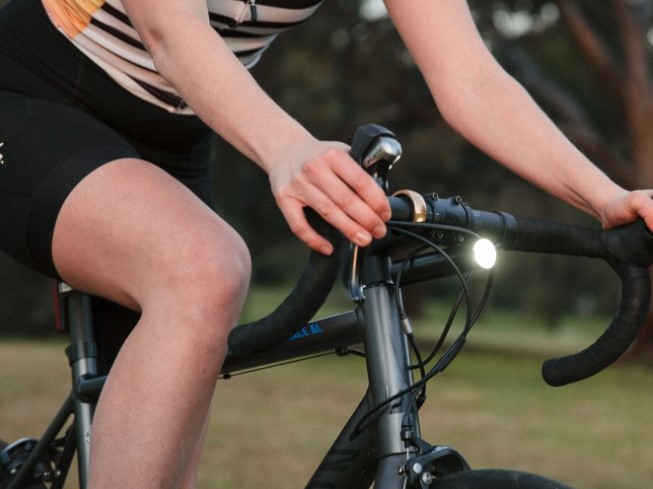
6. Bike Maintenance: Keep Your Ride in Top Condition
Regular maintenance is essential for a safe and enjoyable ride. Check your brakes, tires, and gears frequently, and don't hesitate to get professional help if needed. A well-maintained bike is less likely to break down mid-ride, which can prevent dangerous situations. If you're buying a new bike, consider adding a service plan to keep your ride running smoothly for years to come.
Learn more7. Practice Basic Cycling Skills: Ride with Confidence
If you haven't cycled in a while, it's a good idea to brush up on the basics. Practicing skills like signaling, braking, and navigating obstacles can boost your confidence and improve your ability to react quickly in different situations. Take it slow and build your skills over time.
8. Stay Within Your Ability: Know Your Limits
It's important to ride at a pace and on routes that match your fitness level and experience. Avoid pushing too hard or taking on challenging terrain until you're ready. Riding within your limits helps you stay safe and enjoy your time on the bike more.
9. Start Slow on an E-bike: Embrace New Technology Wisely
If you're new to e-bikes, take your time to learn how they work. These bikes are powerful and fast, so it's important to understand their features and handling before hitting the road. Start with shorter rides and gradually increase your speed and distance as you become more comfortable.
Shop Electric Bikes10. Understand Road Rules: Cycle Responsibly
Familiarize yourself with local cycling laws and always follow them. This includes using proper hand signals, obeying traffic signs, and yielding to pedestrians. Being a responsible cyclist not only keeps you safe but also helps create a better environment for everyone on the road.
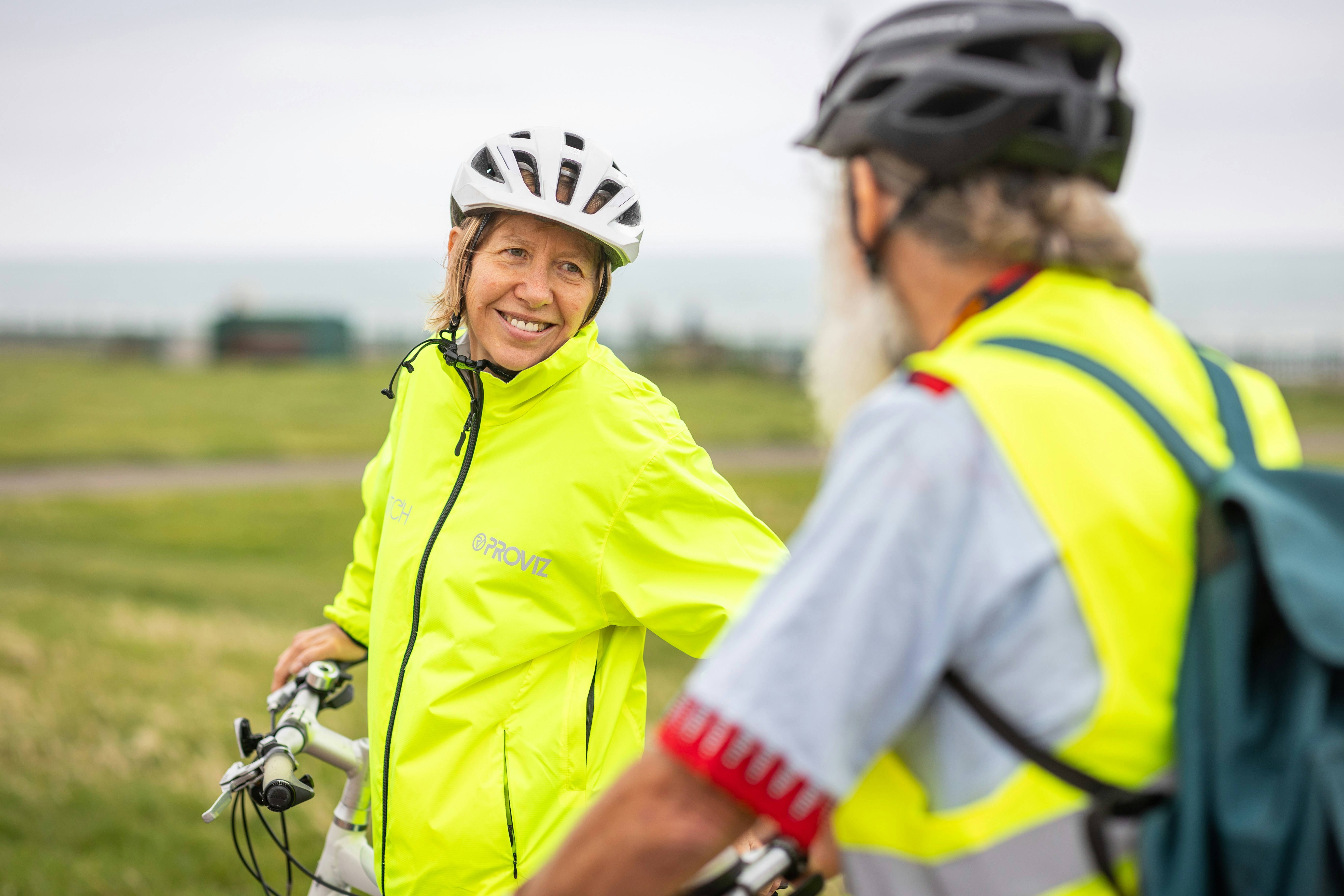
Non-contact Car Washing Machine For Small Vehicles
Zhengzhou Shinewash Technology Co.,Ltd , https://www.shinewashtech.com